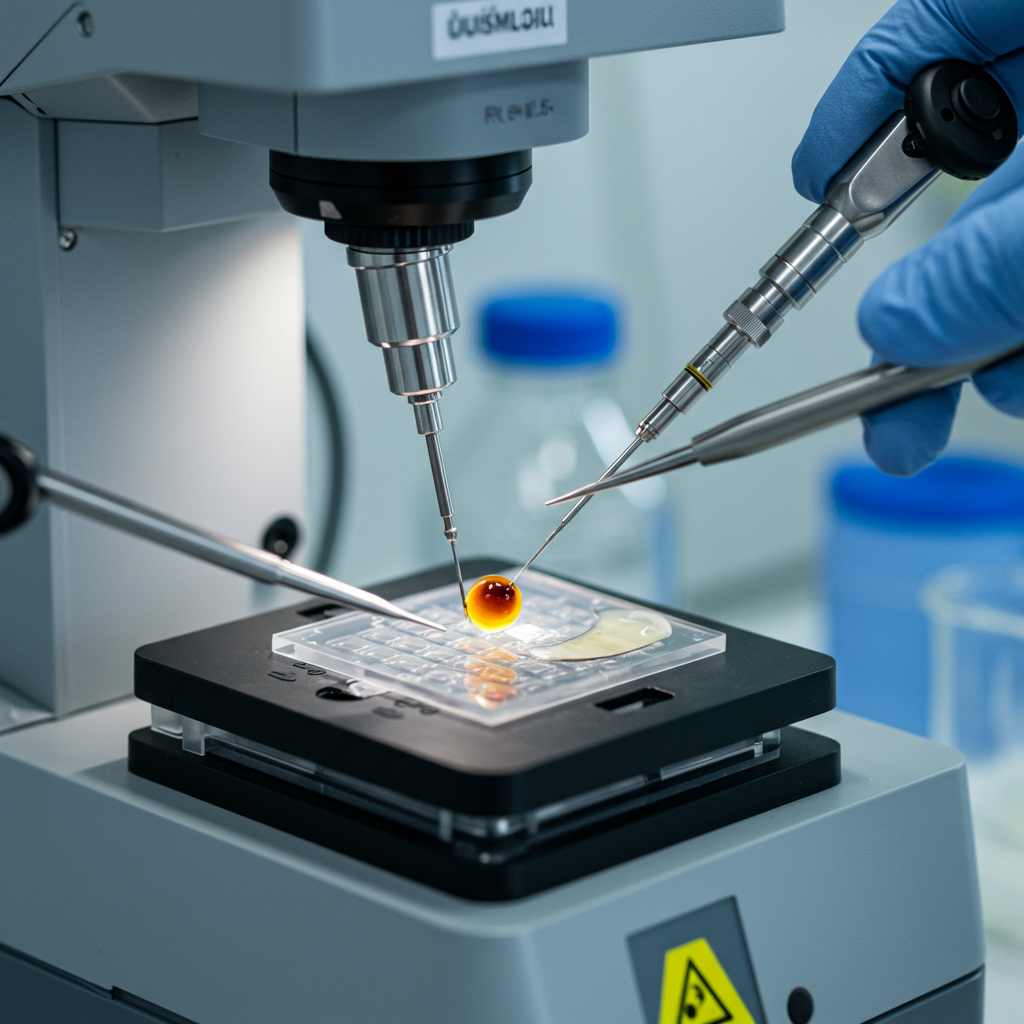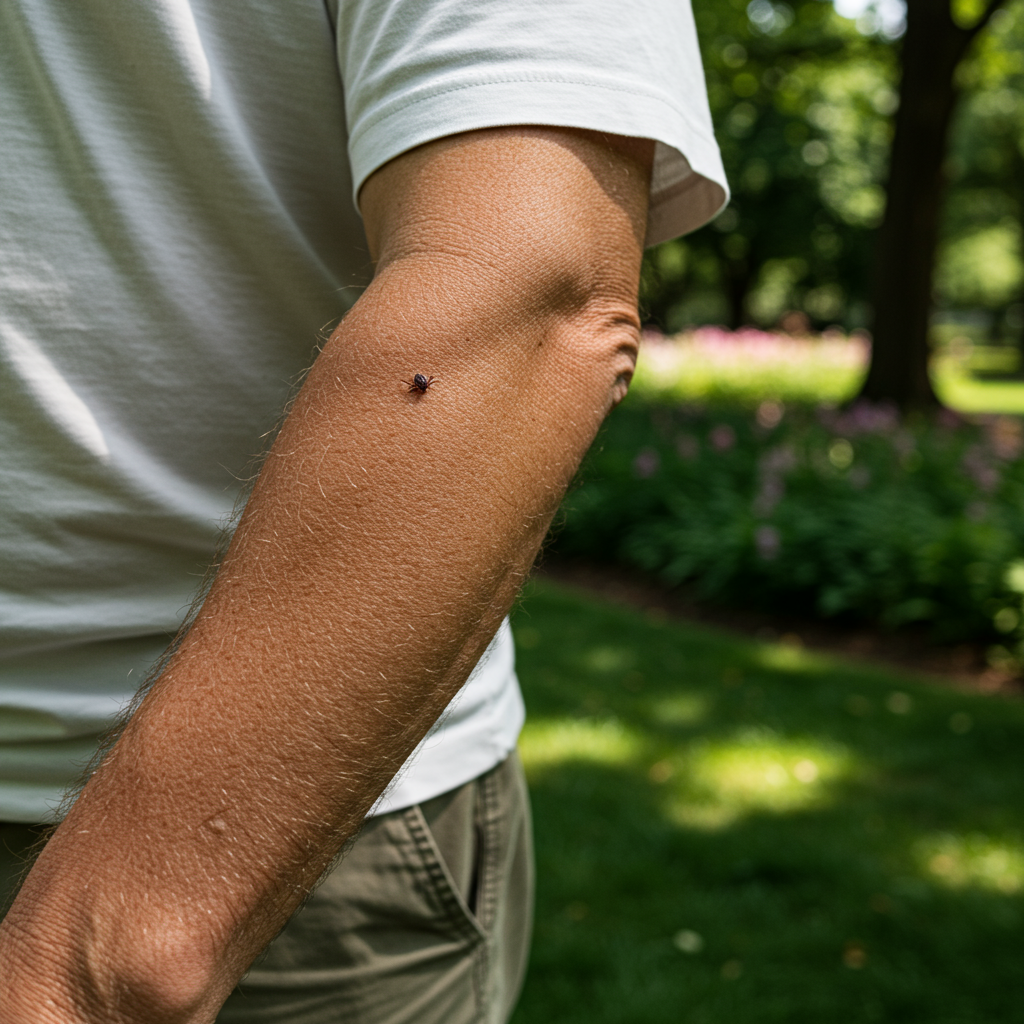Catching Parkinson’s disease in its earliest stages could be life-changing, potentially allowing for interventions that slow its progression and improve quality of life. Yet, despite affecting millions globally, a simple, definitive test for early Parkinson’s has remained elusive.
Traditional diagnostic methods often rely on observing advanced motor symptoms, cognitive assessments that can be subjective, or imaging primarily used to rule out other conditions. Testing a patient’s response to Parkinson’s medication is another approach, but it’s far from ideal for early, confident diagnosis.
But what if a surprising and non-invasive sample held the key? New research suggests that analysing earwax could offer a remarkably accurate way to spot Parkinson’s markers early on.
Why Earwax? A Window into Your Health
Earwax, technically known as cerumen, is more than just a waxy buildup. It’s a complex mix of secretions, including sebum (the oily substance produced by our skin), mixed with dead skin cells and other matter. While its primary functions are believed to include cleaning and protecting the ear canal, scientists are increasingly recognizing its potential as a diagnostic tool.
Earwax contains chemical compounds that reflect what’s happening inside the body. It’s thought to be a valuable diagnostic matrix because it can concentrate a diverse range of substances, including lipid-soluble compounds, which might change earlier in disease processes than water-soluble ones found in blood. Unlike the sebum on the surface of our skin, earwax develops within the protected environment of the ear canal, potentially offering a less contaminated sample.
This isn’t the first time sebum has been linked to Parkinson’s detection. In 2021, researchers analyzing sebum collected from skin swabs identified 10 biomarkers associated with Parkinson’s, achieving an 85% accuracy in distinguishing patients from healthy individuals. Building on this, scientists from institutions in China hypothesized that earwax, being a protected source of sebum, might provide an even clearer picture.
The Study: Unlocking Markers in Cerumen
To investigate this, researchers collected earwax samples from 209 adults – 108 with diagnosed Parkinson’s disease and 101 without. Using sophisticated analytical techniques like gas chromatography and mass spectrometry, they meticulously analyzed the chemical composition of the earwax.
Their analysis revealed a critical difference: four specific volatile organic compounds (VOCs) were found in significantly lower concentrations in the earwax of individuals with Parkinson’s compared to the control group.
Based on these distinct chemical signatures, the team then trained a specially developed AI system. Once trained, the AI was put to the test. It demonstrated an impressive ability to differentiate between samples from Parkinson’s patients and non-Parkinson’s patients, achieving a notable 94% accuracy rate.
Beyond Parkinson’s: Earwax as a Diagnostic Frontier
This research adds to a growing body of work exploring earwax for various health insights. Studies are investigating its potential to detect markers for other conditions, including:
Ménière’s disease: Finding lower levels of specific fatty acids.
Maple Syrup Urine Disease: Identifying the tell-tale molecule sotolone by smell or swab.
Potential markers for certain cancers and diabetes.
Some teams are even developing a “cerumenogram,” a diagnostic tool based on earwax VOC analysis, hoping it could one day become a routine test capable of screening for multiple diseases simultaneously.
Looking Ahead
A test like this, if validated and brought to widespread use, could revolutionize early Parkinson’s detection. It’s potentially inexpensive, non-invasive, and offers a high degree of accuracy based on this initial study. Identifying the disease before severe motor symptoms develop could pave the way for earlier therapeutic interventions, lifestyle adjustments, and better management of the disease course.
However, the researchers emphasize that this is an early step. Study co-author Hao Dong noted that this was a “small-scale single-center experiment in China.” Future research is crucial, needing to be conducted in larger, multi-center studies across different disease stages and diverse ethnic groups to confirm its practical application and generalizability.
The findings of this promising study were published in the journal Analytical Chemistry*, highlighting the potential for this humble bodily secretion to become a powerful tool in the fight against neurological disease.




